
Pets With Royal Heritage: Breeds Favored by Kings and Queens
Explore the fascinating history and legacy of dog and cat breeds cherished by royalty worldwide, uncovering how their royal status shaped breed development, cultural symbolism, and enduring popularity.
🐶 Pet Star
33 min read · 27, Jul 2025
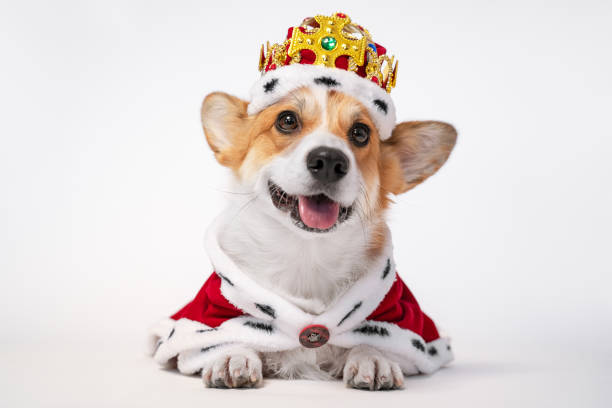
Introduction: The Fascination with Royal Pets
From ancient palaces to modern monarchies, pets have played an essential role in the lives of kings and queens. Far beyond companionship, these animals often symbolized status, power, and refined taste. Certain breeds gained prestige and widespread recognition precisely because they were favored by royalty, influencing breeding trends and cultural perceptions globally.
This article delves into the fascinating world of pets with royal heritage, focusing on dog and cat breeds historically associated with royalty. We will explore how their lineage, physical characteristics, and temperament made them ideal companions for monarchs, nobles, and courtiers. Additionally, we’ll examine the impact of royal patronage on breed development and their continuing legacy in contemporary society.
The Origins of Royal Pets: Symbolism and Status
Why Royalty Chose Specific Breeds
Royal pets were not chosen merely for companionship but also as symbols of wealth, refinement, and political influence.
- In many cultures, owning exotic or rare breeds signaled access to distant lands and wealth.
- Certain breeds became status symbols, appearing in portraits, tapestries, and literature.
- Loyalty and temperament were equally valued traits, as pets often accompanied royalty in public and private life.
Pets as Political and Cultural Symbols
Pets often embodied qualities monarchs wanted to associate with their reign.
- The lion, often called the "king of beasts," inspired regal iconography and was emulated in smaller domestic breeds symbolizing courage and nobility.
- In medieval Europe, lapdogs symbolized gentility and were associated with courtly love.
- In Asia, specific breeds like the Pekingese represented divine protection and imperial authority.
Dogs of Royalty: Breeds with Regal Roots
The Cavalier King Charles Spaniel
Named after King Charles II of England, this breed epitomizes royal companionship. Known for their gentle demeanor and elegant appearance, Cavaliers were beloved lapdogs in the 17th century English court.
- Their affectionate nature made them ideal for noblewomen and royalty who sought both companionship and a status symbol.
- King Charles II’s passion for the breed led to selective breeding that emphasized their expressive eyes and silky coats.
The Pekingese: China’s Imperial Lapdog
The Pekingese has a storied history as a favored breed of Chinese emperors, especially during the Qing Dynasty.
- Revered as sacred companions, these dogs were considered protectors of the imperial palace.
- Their lion-like mane and proud posture symbolized strength and dignity.
- Forbidden to leave the palace grounds, Pekingese were often smuggled out by loyal servants, cementing their mystique in Western culture after the Boxer Rebellion.
The French Bulldog: Napoleon’s Favorite
Though not always officially documented, French Bulldogs gained royal favor during Napoleon III’s reign in the 19th century.
- Their compact size and charming personalities made them popular among the French aristocracy.
- The breed’s distinctive bat ears and sturdy frame reflected a blend of elegance and sturdiness befitting royal tastes.
The Shih Tzu: A Tibetan Treasure
Shih Tzus were bred exclusively for Chinese royalty, particularly in the Forbidden City.
- Their name means “Lion Dog,” referencing their resemblance to the mythological guardian lions.
- With luxurious coats and affectionate nature, Shih Tzus were pampered and cared for by palace attendants.
The Norwegian Elkhound: Viking Royalty’s Protector
The Norwegian Elkhound has roots tracing back to Viking royalty, used for hunting and guarding.
- Valued for its endurance, courage, and loyalty, this breed was ideal for royal hunting parties and protecting estates.
- Its image is often associated with Scandinavian folklore and royal hunting traditions.
Cats with Royal Pedigree
The Egyptian Mau: Cleopatra’s Companion
The Egyptian Mau is considered one of the oldest domestic cat breeds, often linked to ancient Egyptian royalty.
- Depicted in hieroglyphs and tomb art, these cats were believed to bring good luck and protection.
- Cleopatra herself is said to have favored cats, and the Mau’s striking spotted coat symbolized grace and agility.
The Siamese: Thai Royalty’s Elegant Companion
Siamese cats were traditionally kept by Thai royalty and considered sacred.
- Their distinctive markings and vocal nature made them prized members of the royal household.
- They were often gifted as tokens of goodwill between royal families across Asia and Europe.
The Persian Cat: A Symbol of Luxury
The Persian cat rose to prominence in Europe due to royal patronage, particularly in the 17th and 18th centuries.
- Their long, flowing coats and calm temperament symbolized wealth and leisure.
- Several European queens, including Queen Victoria, helped popularize Persians through royal endorsement.
The Role of Royal Patronage in Breed Preservation and Popularity
Influence on Breed Standards and Conservation
Royal favor often spurred formalized breeding programs and early efforts in breed standardization.
- Monarchs commissioned artists and breeders to document ideal traits, helping to preserve breed identity.
- Royal support enabled financial resources for maintaining breeding kennels and preventing extinction of certain breeds.
The Impact on Popular Culture and Demand
Breeds associated with royalty often became highly sought after by the aristocracy and the public.
- This popularity influenced dog shows and cat fanciers’ clubs in later centuries.
- Famous royal pets appeared in art, literature, and even early photography, further immortalizing their status.
Examples of Famous Royal Pets Through History
Queen Victoria and her Pugs
Queen Victoria’s love for Pugs helped popularize the breed in Britain and beyond.
- She owned several Pugs, often portrayed alongside her in photographs and paintings.
- Her endorsement led to increased breeding and the establishment of breed clubs.
Marie Antoinette’s Hounds
Marie Antoinette’s affinity for hounds, especially the Petit Brabançon, reflected her preference for elegance and companionship.
- These dogs were often present in court portraits, symbolizing her refined tastes.
- The breed’s loyal and gentle temperament mirrored the queen’s public image.
King Louis XIV and the Spaniels
King Louis XIV favored small spaniels, which were bred to be both fashionable and affectionate companions.
- These dogs often featured prominently in royal paintings, showcasing the importance of pets in court life.
The Legacy of Royal Breeds in Modern Times
How Royal Heritage Shapes Breed Identity
Breeds with royal heritage continue to evoke a sense of elegance and distinction.
- Many kennel clubs highlight royal associations in breed histories to enhance appeal.
- Owners often seek these breeds for their noble appearance and refined temperaments.
Challenges in Maintaining Royal Breeds Today
Despite their prestige, some royal breeds face challenges including:
- Genetic health issues due to closed breeding populations.
- Shifts in public interest as lifestyles change.
- The need for ethical breeding to balance appearance with health.
The Challenges of Preserving Royal Breeds
Genetic Health Concerns
Many royal breeds face unique health challenges due to their closed gene pools and selective breeding for aesthetic traits.
- For instance, the Persian cat’s flat face (brachycephaly) can lead to breathing difficulties and eye problems, common issues in breeds with exaggerated features.
- Cavalier King Charles Spaniels are prone to mitral valve disease, a hereditary heart condition that requires vigilant screening and responsible breeding.
- The Pekingese often suffer from eye and respiratory issues, stemming from their characteristic flat faces and large eyes.
Efforts by breeders and veterinary geneticists include DNA testing, screening programs, and carefully planned matings to minimize inherited diseases while preserving breed characteristics.
Balancing Tradition and Modern Ethics
The allure of royal heritage can sometimes encourage breeding for appearance over health or temperament. Modern ethical breeding practices emphasize:
- Prioritizing genetic diversity to reduce inherited conditions.
- Avoiding exaggerated physical traits that impair quality of life.
- Ensuring that breeding prioritizes temperament suitable for modern companionship rather than solely for show standards.
Breed clubs and international organizations like the Fédération Cynologique Internationale (FCI) and The International Cat Association (TICA) support these ethical standards, advocating for both breed preservation and animal welfare.
Royal Pets in Popular Culture and Media
Influence in Art, Film, and Literature
Royal pets have inspired countless works of art and cultural expressions.
- Paintings of Queen Victoria’s dogs by artists like Sir Edwin Landseer immortalized these pets, influencing how the public perceives both the breed and monarchy.
- Movies and TV shows often feature regal breeds to symbolize class and sophistication; for example, Persian cats frequently appear in films depicting aristocratic households.
- Literature, from classic novels to children’s stories, frequently includes royal pets, reinforcing their iconic status.
These cultural portrayals help maintain public interest and romanticize the bond between royalty and their animal companions.
Modern Royal Families and Their Pets
Contemporary royals continue the tradition of keeping cherished pets, often in the public eye.
- The British Royal Family famously loves Corgis, popularized by Queen Elizabeth II, who owned more than 30 Corgis during her reign. These dogs have become symbols closely associated with the monarchy, boosting the breed’s global popularity.
- Princess Madeleine of Sweden’s Cavalier King Charles Spaniel and the Dutch royal family’s choice of Labradors showcase how royal pets reflect personal preferences while maintaining tradition.
- Social media accounts dedicated to royal pets attract millions of followers, highlighting their ongoing appeal and influence.
How to Choose a Royal Breed as a Pet Today
Matching Temperament and Lifestyle
Potential owners drawn to royal breeds should consider their unique needs:
- Cavalier King Charles Spaniels require moderate exercise and thrive on affection and social interaction.
- Persian cats demand regular grooming and a calm environment to accommodate their long coats and gentle nature.
- Pekingese and Shih Tzu dogs often need consistent training and attention to manage their independent streaks.
Understanding the breed’s history helps anticipate these traits and ensures a good fit between pet and owner.
Finding Responsible Breeders
Given the health concerns and unique traits of royal breeds, responsible breeding is paramount.
- Look for breeders who perform health screenings and provide transparent lineage and health records.
- Consider adopting from breed-specific rescues that specialize in royal breeds.
- Engaging with breed clubs can offer valuable resources and community support for new owners.
Conclusion
Throughout history, pets with royal heritage have captivated hearts and minds worldwide, symbolizing power, prestige, and affection within the halls of kings and queens. These breeds—whether dogs like the Cavalier King Charles Spaniel and Pekingese or cats such as the Persian and Siamese—reflect centuries of selective breeding shaped by cultural values, aesthetics, and functional needs. Royal patronage not only preserved these breeds but elevated them to symbols of elegance and refinement that continue to enchant modern pet lovers.
The legacy of royal breeds extends beyond mere aesthetics; it carries lessons about responsible breeding, the importance of genetic health, and the need for compassion in pet care. As society’s relationship with animals evolves, maintaining these breeds’ well-being and honoring their storied pasts requires balancing tradition with ethical practices. Royal heritage offers a narrative that enriches our understanding of these animals and encourages mindful ownership.
Today, royal breeds remain popular companions around the world, admired not only for their noble appearances but also for their distinct personalities and historical significance. They remind us that the bond between humans and animals transcends time, culture, and class. By celebrating the royal roots of these pets, we embrace a unique part of history and ensure these cherished breeds thrive for generations to come.
Q&A
Q1: What does it mean when a breed has royal heritage?
A: It means the breed was historically favored and often selectively bred by kings, queens, or royal families, contributing to its development and prestige.
Q2: Why were certain breeds preferred by royalty?
A: Royalty chose breeds for their unique appearance, temperament, symbolic value, or functional roles such as companionship, hunting, or protection.
Q3: How did royal patronage affect the popularity of these breeds?
A: Royal endorsement increased demand, leading to formal breeding programs and greater visibility in art, literature, and culture.
Q4: Are royal breeds more prone to health issues?
A: Some royal breeds face genetic health challenges due to closed gene pools and selective breeding for specific traits.
Q5: How can modern owners ensure the health of royal breeds?
A: Responsible breeding, regular veterinary care, genetic testing, and proper training are essential for maintaining their health and well-being.
Q6: Which dog breed is famously associated with Queen Elizabeth II?
A: The Pembroke Welsh Corgi, a breed beloved by Queen Elizabeth II throughout her reign.
Q7: What is the significance of the Pekingese in Chinese royalty?
A: Pekingese dogs were considered sacred imperial companions and symbolized protection and dignity within the palace.
Q8: How are Persian cats connected to royalty?
A: Persian cats became symbols of luxury and status through their association with European and Middle Eastern royal courts.
Q9: Can royal breeds be good family pets?
A: Yes, many royal breeds have affectionate temperaments suitable for families when properly socialized and cared for.
Q10: Why is understanding a breed’s history important for owners?
A: It helps owners appreciate breed traits, anticipate care needs, and promote responsible ownership aligned with the breed’s legacy.
Similar Articles
Find more relatable content in similar Articles
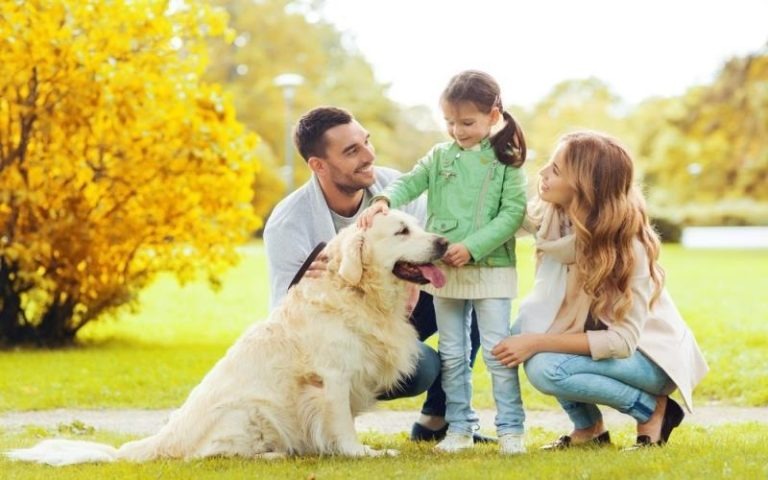
How Pets Strengthen Family Bonds...
Pets are more than just compan.. Read More
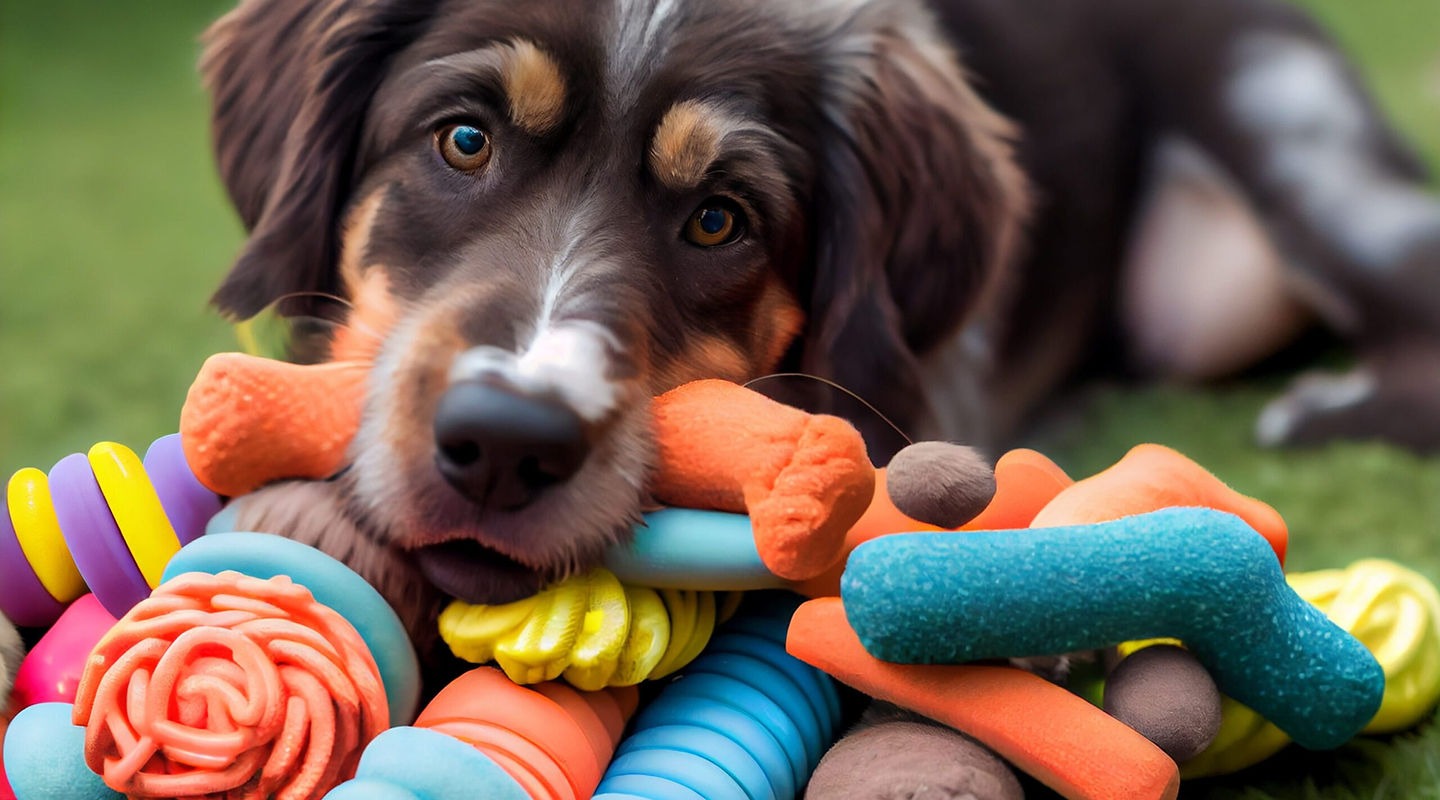
Vegan Pet Toys and Accessories That Last Longer...
As pet owners grow more eco-co.. Read More
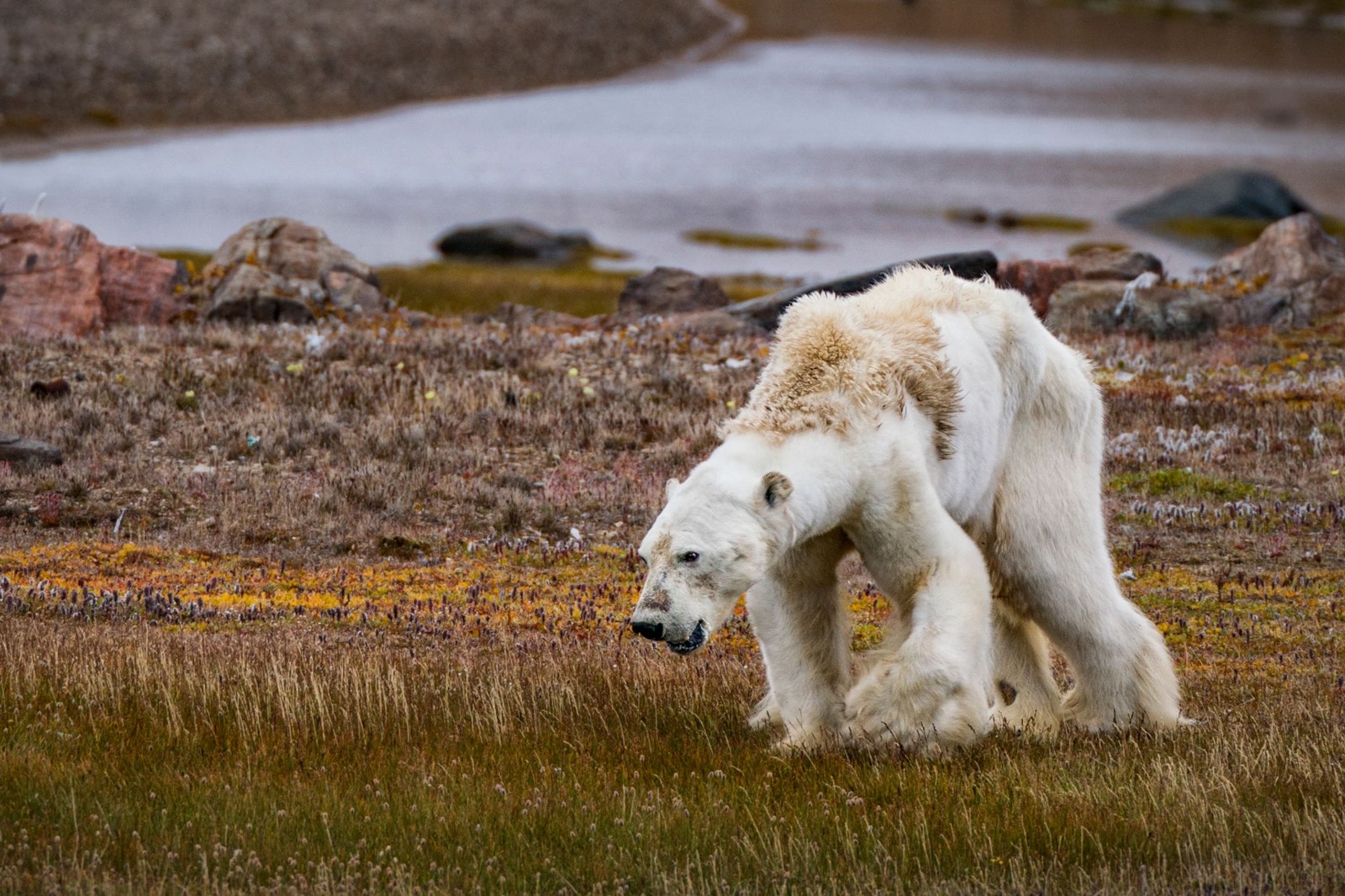
How Climate Change Affects Wild and Domestic Animals...
Climate change is dramatically.. Read More
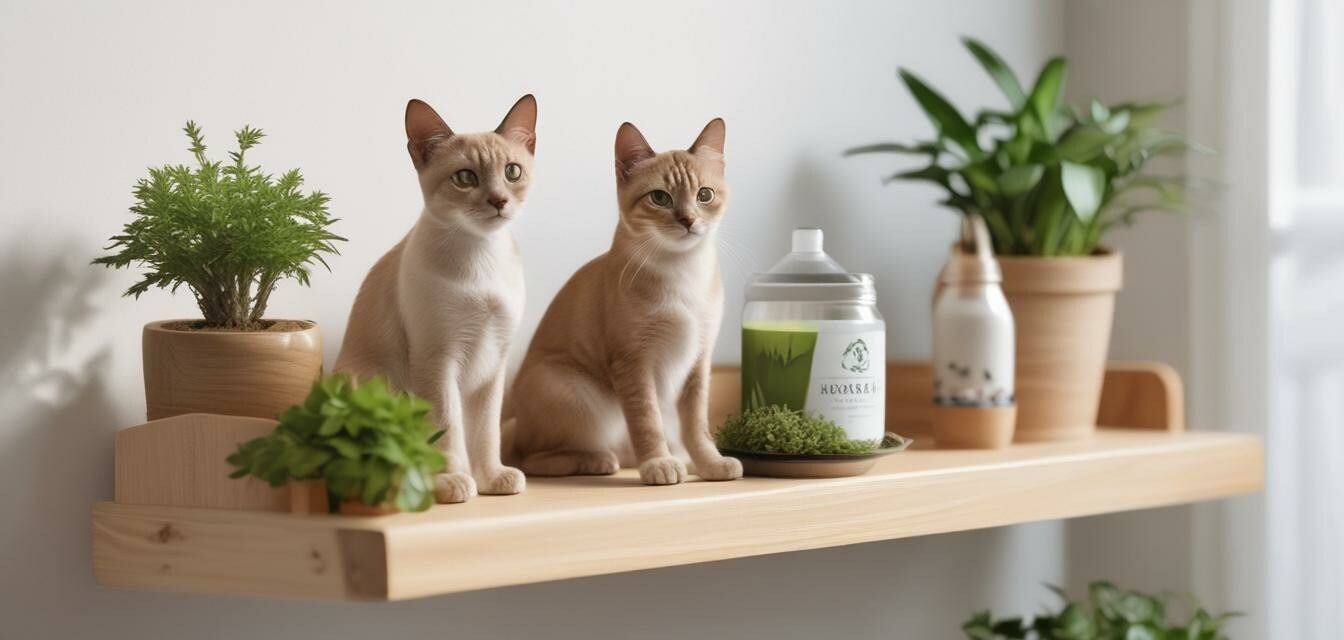
Sustainable Pet Products: What to Look for in 2025...
As sustainability becomes a ce.. Read More
Explore Other Categories
© 2024 Copyrights by rPets. All Rights Reserved.